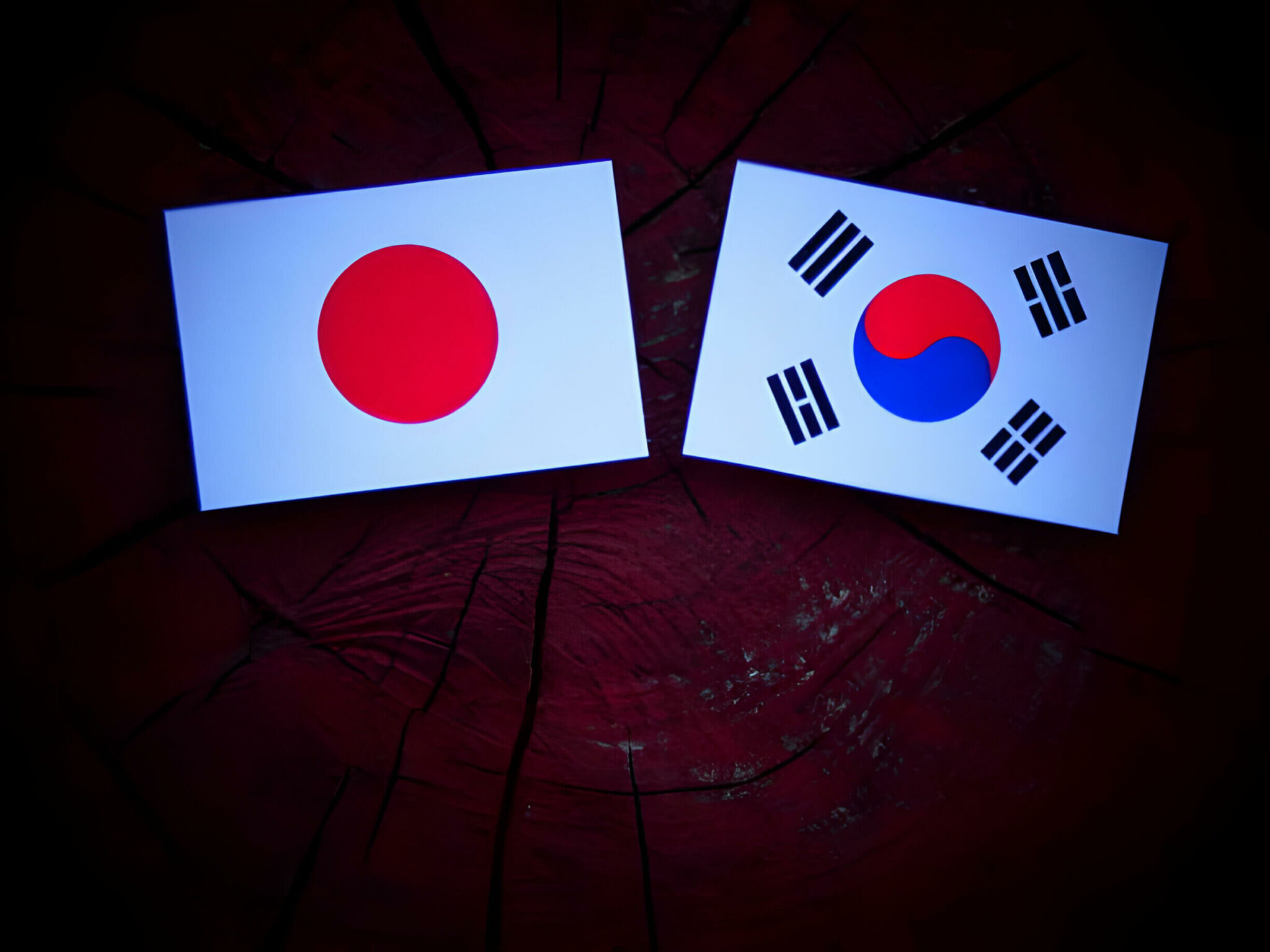Chinese, Japanese, and Korean are seen as complicated languages because they come from different language groups and have different ways of speaking, writing, and pronouncing words. If you have a knack for languages, you might find it interesting to learn about the history of these languages. To dig into the history of any, you must learn the basics of them first. No worries, if you do not know the language, then translation services are there to help you.
History of Korean Language
The research that has been done in the Korean language revealed that Korean and Japanese are from the group of Altaic languages that also include Mongolian and Turkish. Some people think that the Korean language has evolved from a single culture. This notion seems wrong because Korea is a diverse country with many ethnic groups. And when different ethnic groups live together, it brings changes in the language.
Korean Language Spoken today
Approximately, 72 million people around the world speak the Korean language. Korean translation services can help you communicate with such a large number of people. The Korean language is greatly influenced by the Chinese language. To your surprise, many Korean words are taken from Chinese. Therefore, you will find many South Koreans writing words with Chinese origins.
The most popular writing system in Korea is Hangul. Although the Korean language has borrowed many words from China, the pronunciation of both languages is entirely different. Therefore, both languages are not mutually intelligible. If you want to explore the rich history of Korea and the Korean language, then don’t forget to get help from professional translation services.
History of the Japanese Language
For decades, the Japanese language has undergone a fascinating transformation from Eastern to Western culture. Some words in a language get popular for a short time, and then they disappear. For instance, “Tamagotchi” which means toy. Contrary to this, some words become popular and they stay around.
According to linguists, the origin of the Japanese language is controversial. It is assumed that the Japanese are associated with the Ural-Altaic family. This family includes languages such as Mongolian, Manchu, Korean, and Turkish.
Out of these languages, the Japanese language is more associated with Korean. They both have similar sentence structures and vowel harmony. Moreover, they don’t use many conjunctions. Additionally, they use honorific speech in which the listener’s social rank affects how they speak to them.
Moreover, the pronunciation of the Japanese language is different from Korean. The people who speak Korean may not understand Japanese. Here is where Japanese translation services can be helpful.
Japanese Language Spoken Today
Do you know that approximately 125.1 million people speak the Japanese language? It held the thirteenth rank among the most spoken languages in the world. A large number of Japanese speakers are residing in the United States, Peru, and Argentina, and of course, Japan. If you plan to grow your business in these regions, Japanese translation services can be helpful.
History of the Chinese Language
Do you know that Chinese is one of the oldest languages in the world? It has undergone evolution in every era, and its scripts bear witness to changes in Chinese languages. The Chinese characters we use today have persisted for many centuries. Chinese is associated with the Sino-Tibetan language family. They share a common history with Proto-Sino-Tibetan (PST).
The researchers find the relationship between the proto-language of the Sino-Tibetan languages with Chinese and this relationship is very controversial. These Sino-Tibetan languages are:
- Burmese
- Bai
- Naga
- Tangut
- Karen
There are no written documents present that show how the Chinese language changed from the Sino-Tibetan languages. The amazing thing about the Chinese language is that it was represented by visuals for 3,800 years and these are still in use today.
Chinese Language Spoken Today
With time, Old Chinese came up with different dialects of language such as Wu, Min, and Yue Chinese. To differentiate between these dialects, Chinese translation services are of great help. These dialects are similar to Latin and give rise to other languages such as Spanish, Italian, and French.
Simplified Chinese is native to 1.35 billion people around the world. You must be wondering how Simplified Chinese came into existence when already the Chinese language is spoken in other dialects. In 1949, when the communists took power in China, they initiated this project to simplify complex Chinese writing with a few strokes and help more people learn how to read and write.
Wrapping Up
By learning new languages, you can improve your communication skills. Communication skills help a person to grow personally and professionally. Therefore, to understand the culture and traditions of any country and to develop communication skills, you must learn their language. If you don’t know the language, you can get assistance from LSPs.
